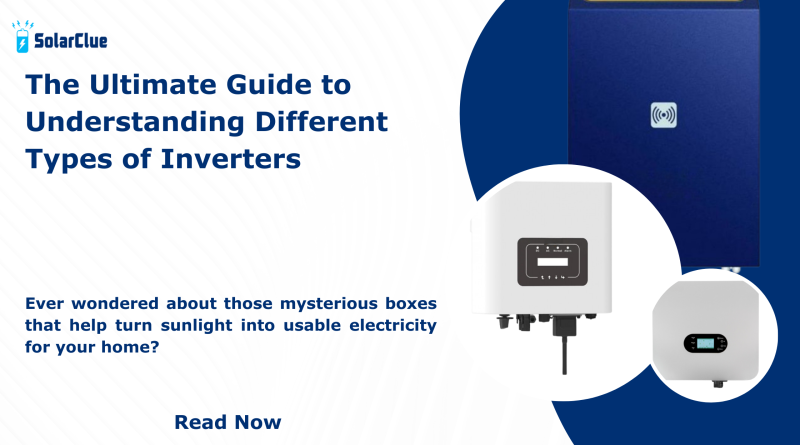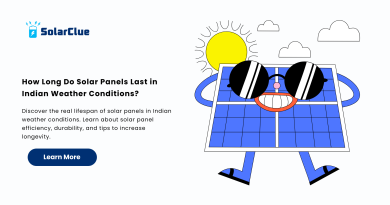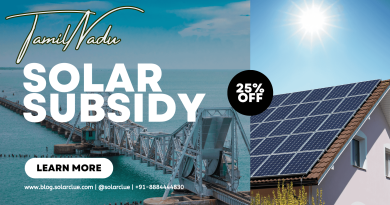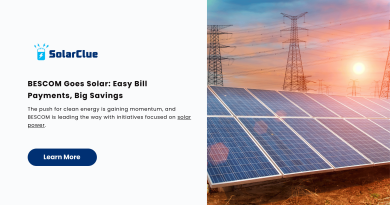The Ultimate Guide to Understanding Different Types of Inverters
Ever wondered about those mysterious boxes that help turn sunlight into usable electricity for your home? Well, you’re in luck because today, we’re going to dive into the world of inverters. Don’t worry if you’re not an electrical whiz – I’ll break it down in simple terms that anyone can understand. let’s explore the different types of inverter together!
What’s an Inverter ?
Before we jump into the different types, let’s quickly cover what an inverter does. Think of it as a translator for your solar panels. The panels produce DC (direct current); however, your home appliances require AC (alternating current). The inverter’s job is to convert that DC power into AC power that your home can use. Pretty cool, right?
Types Of Inverters :
Now, let’s look at the main types of inverters you might come across:
Table of Contents
1.String Inverters: The Classic Choice
String inverters are like the grandfather of solar inverters. They’ve been around for a while; consequently, they are still widely used. Here’s what you need to know:
– How they work: These inverters connect a string (or series) of solar panels together.
– Pros: They’re cost-effective and reliable.
– Cons: If one panel in the string has issues (like shade), it can affect the whole string’s performance.
– Best for: Homes with simple roof layouts and minimal shading.
2.Microinverters: The Little Powerhouses
Microinverters are like giving each of your solar panels its own tiny inverter. Here’s the scoop:
– How they work: Each panel gets its own microinverter, usually attached right to the back of the panel.
– Pros: Great performance even if some panels are shaded, and easy to add more panels later.
– Cons: They’re more expensive upfront.
– Best for: Homes with complex roofs or partial shading issues.
3.Power Optimizers: The Best of Both Worlds
Power optimizers are like a mix between string inverters and microinverters. Let’s break it down:
– How they work: Each panel gets an optimizer, but you still have a central inverter too.
– Pros: Better performance than string inverters, but cheaper than microinverters.
– Cons: More complicated system with more parts.
– Best for: Homes that want good performance but are watching their budget.
4.Central Inverters: The Commercial Powerhouses
Central inverters are the big guys of the inverter world. Here’s what you should know:
– How they work: They’re like super-sized string inverters, handling multiple strings of panels.
– Pros: Cost-effective for large systems and easy to maintain.
– Cons: Not great for residential use, and one issue can affect the whole system.
– Best for: Large commercial solar installations.
5.Battery Inverters: Keeping the Lights On
If you’re thinking about adding battery storage to your solar system, you’ll need a battery inverter. Here’s the deal:
– How they work: They manage the flow of power between your solar panels, batteries, and home.
– Pros: Allows you to store excess solar power for later use.
– Cons: Adds complexity and cost to your system.
– Best for: Homes that want to be less reliant on the grid or have frequent power outages.
6.Hybrid Inverters: The All-in-One Solution
Hybrid inverters are like the Swiss Army knife of inverters. They can do it all:
– How they work: They combine solar inverter and battery inverter functions in one box.
– Pros: Simplifies your system if you want both solar and battery storage.
– Cons: Can be more expensive than separate inverters.
– Best for: Homes that want a battery-ready system from the start.
Choosing the Right Inverter for You
Now that you know about the different types of inverters, the next step is to understand how to choose the right one. Here are some things to consider:
- Your roof: Is it simple or complex? Shaded or sunny?
- Your budget: How much are you willing to spend upfront?
- When considering your future plans, you might want to think about whether you will add batteries or more panels later.
- Your energy goals: Are you trying to maximize production or minimize costs?
Remember, there’s no one-size-fits-all solution. The best inverter for you depends on your specific situation and needs.
Conclusion
We’ve taken a tour through the world of inverters, from the classic string inverters to the high-tech hybrid models. I hope this guide has helped simplify these crucial components of solar power systems.
Remember, while it is great to understand the basics, choosing an inverter is, therefore, a big decision. It’s always a good idea to chat with a solar professional who can look at your specific situation and help you make the best choice.
Do you have any questions about inverters? Maybe you’ve had experience with one of these types and want to share? Drop a comment below – I’d love to hear from you! And if you found this guide helpful, why not share it with a friend who’s curious about solar power? Let’s spread the solar knowledge far and wide!
Visit SolarClue® to see the best Solar Inverters. SolarClue® actively sells solar energy products at discounts of up to 50% on its online marketplace.




